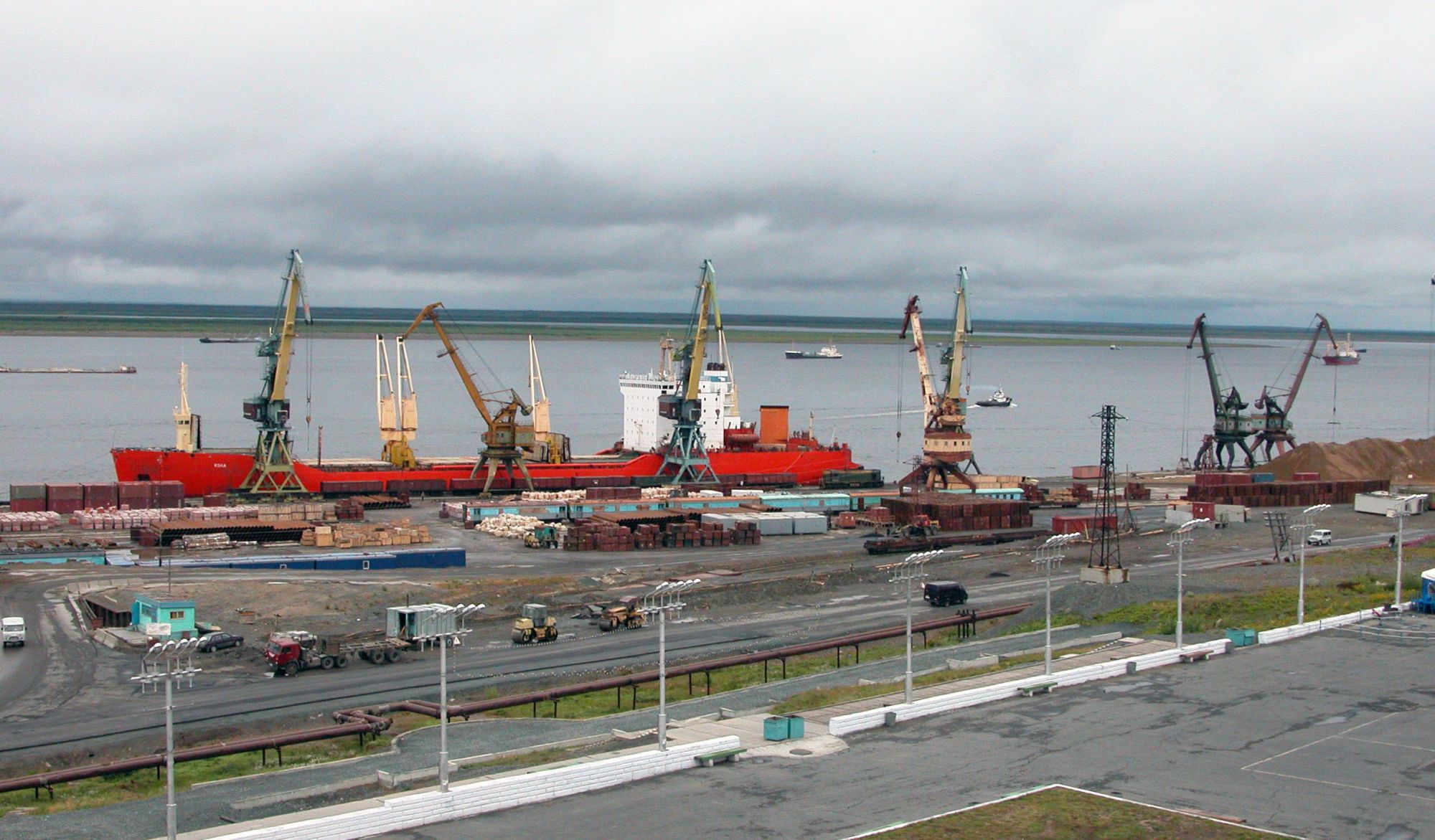River vessels perform both regular and one-time trips, handling bulk and liquid materials, containers, and oversized cargo. Typically, river transport is combined with other delivery types but can also serve as the primary mode of transportation.
Advantages of River Freight Transportation
- The cost of river transportation, calculated per volume delivered, is more economical compared to rail freight, trucks, and especially air transport.
- Speed. Although an individual vessel moves relatively slowly, it can deliver up to 200 TEU per trip (for “Don” type vessels), 320 TEU (for “Tanais”), or more. Shipping this volume by rail would require about three standard trains or a long convoy of trucks.
- Ability to sel ect vessels for river freight to handle any cargo type. We provide barges, general cargo ships, container ships, and special-purpose vessels.
- Transportation of oversized cargo. Often, river shipment is the only way to deliver such goods without disassembly.
- Established infrastructure supporting combined sea and river transport, enabling logistics integration with rail, road, and air transport.
Water transport is considered the best shipping option, even if it is less favorable in distance or duration compared to other transport types. If a river route is available, it is included in logistics planning in 90% of cases.
Drawbacks of Using Rivers for Freight Transport
The main drawback of river navigation is seasonality. Navigation on northern rivers usually opens in early May and lasts no more than 5–6 months. Ice formation begins already in October. Even within this short period, huge volumes of goods are transported along the Northern Dvina and other local waterways.
Another challenge is that pickup and delivery points are rarely close to river ports. This necessitates integrating additional transport modes such as road, rail, sea, or air to complete the delivery chain. This drawback is offset by the existence of port infrastructure equipped to handle all types of cargo.
River Vessel Transportation Technology
River freight transportation consists of six stages:
- Selecting an appropriate vessel. Our database includes options for bulk, liquid, oversized, and containerized cargo shipments.
- Document preparation and contract conclusion specifying responsibilities, schedules, and guarantees.
- Vessel delivery and loading. If necessary, we arrange cargo transportation to the port fr om production sites, rail, and sea terminals.
- Freight shipment by river transport to the required port.
- Unloading.
- Dispatch to the destination or warehouse for temporary storage and preparation for subsequent logistics stages.
Using river transport integrates well with other transportation types. Most docks are equipped to unload containers and goods for onward shipment by rail, road, or sea.
Malamut Trans offers a comprehensive approach to cargo handling, delivering to hard-to-reach locations in the Far North, organizing turnkey river freight transportation of all goods.
Advantages of Ordering River Freight Transport from Malamut Trans LLC
- We organize river freight transport either as the main transportation method or as part of a multimodal logistics chain. Multiple transport types may be involved, including loading and unloading operations of any complexity, proprietary and partner warehouses for temporary storage, transshipment services, and delivery to remote areas.
- Alongside transportation and storage, we offer refrigerated container repair services. Our specialists operate at the company’s own base or travel anywhere in the country equipped with necessary spare parts and consumables.
- We provide containers (including refrigerated containers) for sea shipments on the Arkhangelsk–Sabetta route. This option suits combined delivery organization.
- Our own facility with a rail siding accommodating 8 wagons allows us to send and receive cargo, integrating rail transport with river and sea transport.
- Experience in freight transport to hard-to-reach regions and organizing delivery to seaport terminals along the entire Northern Sea Route.
Malamut Trans LLC offers river freight transport services using its own warehouse for temporary responsible storage. Our base is located 700 meters from the “Economia” port — a convenient logistics location. We organize transport to the port, loading and unloading operations, vessel dispatch, cargo reception at sea terminals, and delivery to any destination along the Northern Sea Route:
- Nenets Autonomous Okrug;
- Yamal;
- Gyda;
- Taymyr;
- Chukotka, etc.
We provide loading and unloading operations at any port terminal and ice unloading when delivering goods to hard-to-reach areas.
Cost of River Freight Transportation
We calculate the cost of river freight transport separately or bundled with other services. Basic delivery tariffs exist; pricing is transparent and justified. The final cost depends on pickup and delivery locations, number of transshipment points, types of transport used, and additional services.
To clarify the final cost, please contact our specialist with detailed information. An experienced logistics expert will propose the optimal route option, estimate the price for each stage, and detail costs for associated services. Call us or send a request to learn how river freight transport delivery works, how much it costs, and how long it will take for your cargo.
Staffs
Demonstrates strong expertise in managing complex projects, modeling business processes, and developing winning solutions for process optimization or reengineering. Evaluates all possible risks and integrates them into project cost-effectiveness evaluations.


